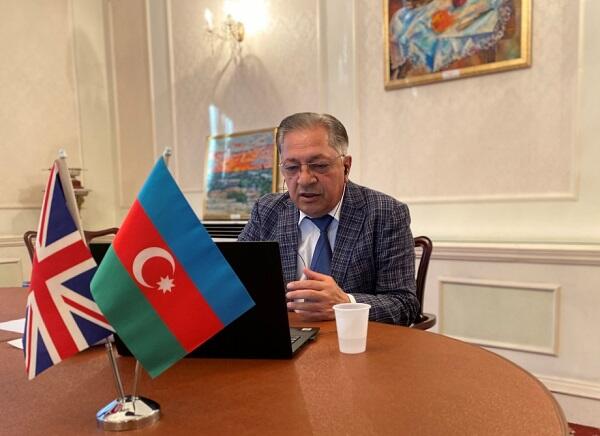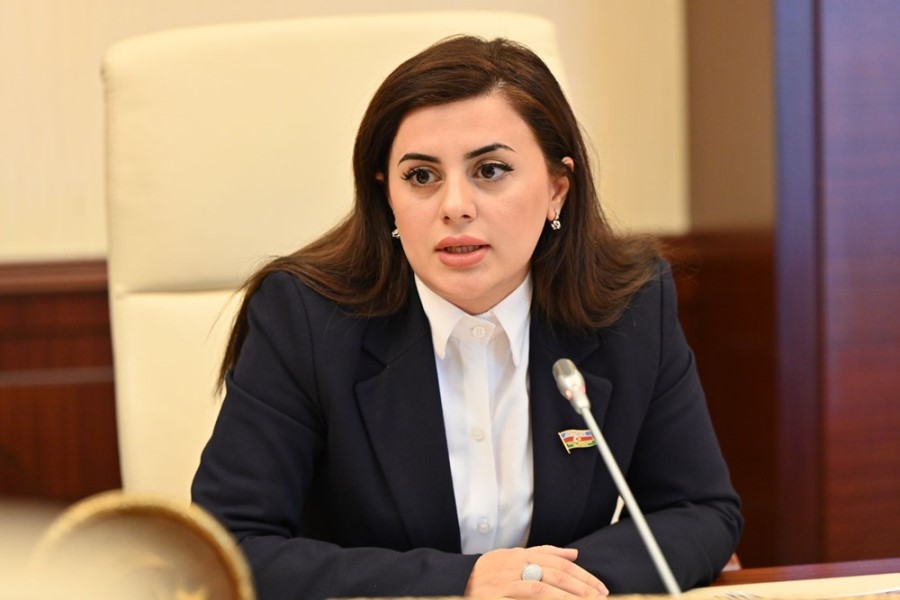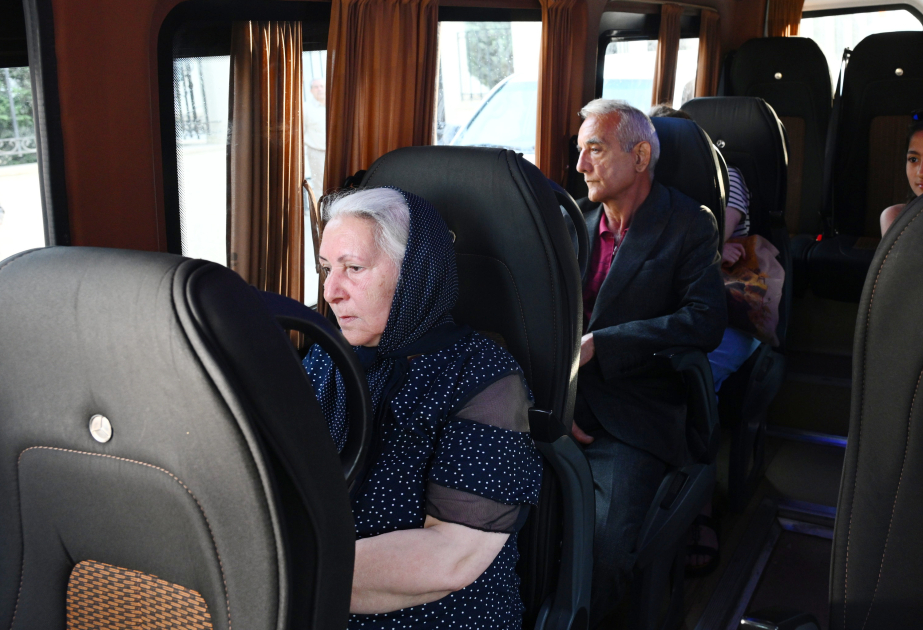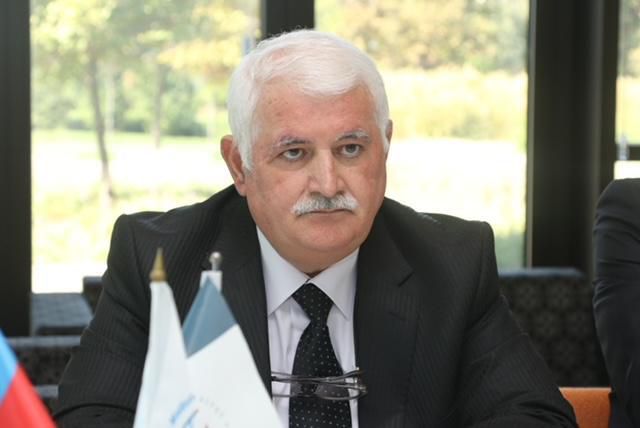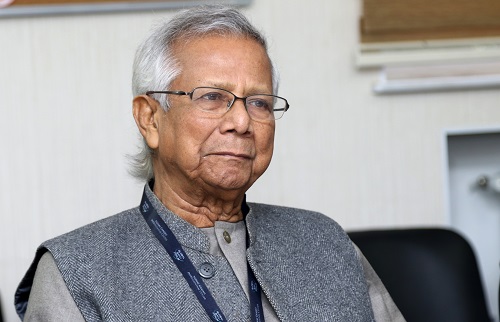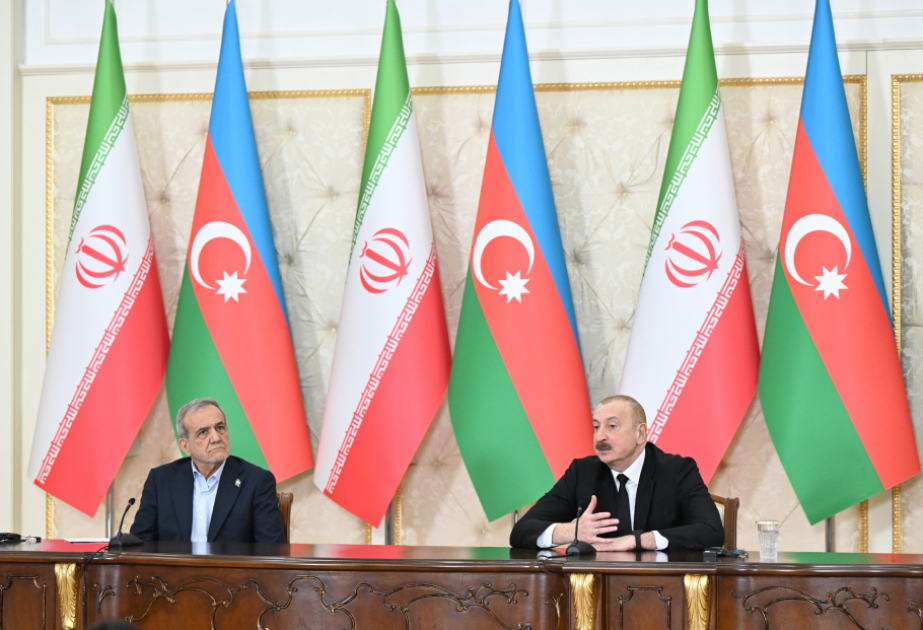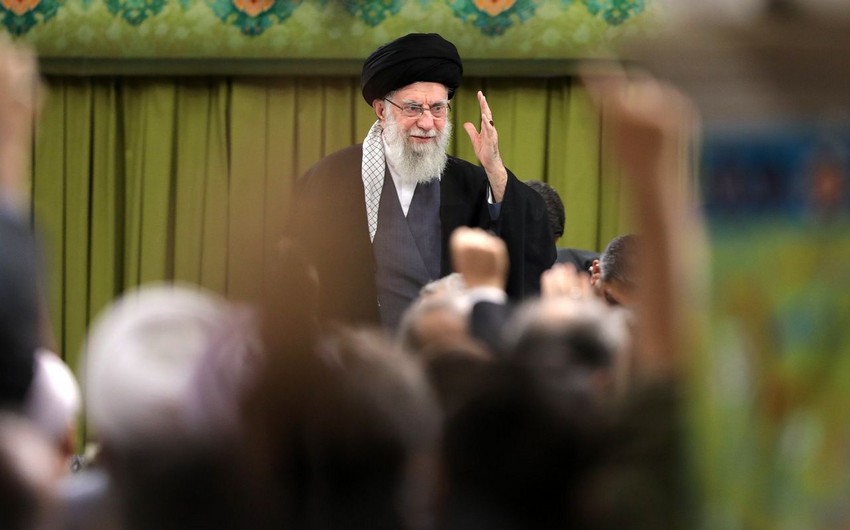On August 4-5, a scientific discussion "World Literature and Comparativistics" was held with the participation of Azerbaijani and many world scientists.
Ednews presents the second scientific study of Azerbaijani MP Javanshir Feyziyev dedicated to "Azerbaijan-Great Britain cultural and literary relations":
Javanshir Feyziyev
Baku, Azerbaijan
Member of the Parliament of Azerbaijan
Translation and Research of National Folklore Examples, Samples of Azerbaijani Classical & Modern Literature into English.
As a product of the national thinking of each nation, folklore has cast deep roots in its literature and played a crucial role in promoting and revealing the idea of the work.
The samples of folklore created by the Azerbaijani people, occupying different positions among the peoples of the world in the wealth and antiquity of oral folk literature, have always attracted Western scholars. Undoubtedly, among these samples were the epics “Kitabi Dede Gorgud” and “Koroglu”, which aroused interest among foreign scientists, travelers, translators and publishers”. Notwithstanding the foregoing, “In English-language scientific sources, Azerbaijani folklore is better known as an integral part of common Turkic folklore”.
As the oldest example of folklore in Azerbaijani literature, the epic Kitabi Dada Gorgude is taken. This ancient monument, as a joint towering achievement of all Turkic-speaking peoples, reflects the life and thinking, psychology, life, and national identity of the Turkic world. It may be no accident that in 2000, the 1300-year anniversary of this grandiose monument Kitabi Dede Gorgud was celebrated at the world level.
National Leader Heydar Aliyev said about this: We are proud to be the children of Dede Gorgud ... We are proud that Kitabi Dede Gorgud constitutes a part of all Turkic-speaking States, at the same time and, first of all, of the Azerbaijani people
It is worth noting here that in the last century, a number of serious works on the study of Azerbaijani folklore were carried out in English-language sources, as well as scientific thoughts were expressed, and works were written.
Over independence, key attention was paid to classical literature and our ancient monuments. As Academician Isa Habibbeyli has justly noted: “Kitabi Dede Gorgud not only solves the problem of national identity, but also reveals the formula of religious ideology that symbolizes the green color of our flag”.
In the years of independence, new editions of Kitabi-Dede Gorgud in English were presented to readers, a number of new works related to the study of English-language sources, including Sanar Mammadov's Our Oral Folk Pearls in English (Baku, 2003), Seyran Aliyev's Kitabi Dede Gorgud in English (Baku, 1990), Linqvistical Poetic Features of Kitabi-Dede Gorgud’s Translation by P.Mirabl in English (Baku, 2004) as well as other works have been written. In the second article, Seyran Aliyev analyzed the translation of the KitabiDada Gorgud epic into English. He also paid attention to the first translation of Kitabi-Dede Gorgud by F.Sumer, A.Uysal, W.Walker, the second translation by J.Lewis, and the third translation by P.Mirabl, but just the last translation was highlighted.
The most obvious example of national folklore samples translated of into English is the Koroglu epic. Given the fact that this epic was translated into English as a whole and studied extensively, a series of articles were written about it.
During the years of independence, a number of works related to the study of Koroglu, were carried out in English-language sources. Of these, there are Sh.Balakishiev's thesis Epic Koroglu in Europe (Baku, 2005), Professor Sh.Khalilli’s research work On the Translation of Epic Koroglu into English and About One Quote (Baku, 2002), Epic Koroglu: From the Archive of Ali Kamali (Baku, 2009), V.Ibrahimov’s research work Research of Azerbaijani Folklore in English-language Sources and Translation Issues (Baku, 2010), A.Ibrahimov’s research work Azerbaijani Heritage: Stages of History and Development (Baku, 2014), which significantly increase views on this topic. The epics “Dede Gorgud” and “Koroglu” are also included in the almanac published in Islamabad in 2010.
Although it is still impossible to determine the exact date of translation of Azerbaijani literature into European languages, the comprehensive translation of classical Azerbaijani literature into Western Europe languahes dates back to the 18th century. As stated in professor Sh.Khalilli’s “From the history of translation from Azerbaijani to English (and vice versa)” article, “In different years, excerpts from individual works or works of such Azerbaijani classics as Saib Tabrizi, falaki Shirvani, Molla Panah Vagif, Mirza Shafi Vazeh, Mirza Fatali Akhundov were translated into English”.
Mahsati Ganjavi, one of our first Azerbaijani female poets, is a brilliant representative of the Azerbaijani Renaissance. Based on the methods of Oriental poetry, she painted the feelings, joy, sorrow of the loving soul using rich colors. The Divani of Mahsati Ganjavi, consisting of rubais, qita (style of poetry), ghazals and about 200 pieces of poetry, collected from various sources, was published for the first time in 1957 by Shahab Tahiri.
The Decree of H.E. Ilham Aliyev, the President of the Republic of Azerbaijan dated 2013 on the 900th anniversary of Mahsati Ganjavi gave the immortal works of the poet a new lease of life. In 2014, with the support of the Foundation Heydar Aliyev, Irina Zubanova and Olga Moiseenko translated and published books such as Rubaiyat of Mahsati Ganjavi authored by Sugra Ibrahim, Paul Smith’s The Life and Poetry of Mahsati Ganjavi, R.Huseynov’s Mahsati Ganjavi. Essai-Portrait. The books cover widely the life, environment and work of the poetess, examples and the history of rubaiyat.
Most of the researchers believe that most studied in the world Oriental Studies and their works translated into European languages, especially English, is the principal shining light, the great Azerbaijani poet Nizami Ganjavi.
Generally, the history of Nizami studies in Europe is ancient. However, studies show that Nizami's creativity has engaged the most English Orientalists, writers and poets writing about Nizami and translating his works, along with the study the East, was also a literary and aesthetic goal”.
The comprehensive study of the poet's heritage has now become more widespread in the period of independence. This is evidenced by the re-publication of his works and the writing of new research works. Among the most famous poets in Europe and translated into Western languages, Nizami Ganjavi is still the leader.
Nizami's genius is still one of the global phenomena; he is a major figure in the world of literary, cultural and socio-philosophical thought. Therefore, the interest taken in the work of Nizami by world scientific and public opinion never ceased, and the immortal works of the poet are now and again translated into Western or Eastern languages, as well as play a role in the process of moral improvement of mankind”.
Two works by Nizami with copies of ancient miniatures, published in English in 2014 with the support of the Heydar Aliyev Foundation are valuable way of this kind. One of them is Nizami Ganjavi’s poem Seven Beauties translated in 1924 by Arthur Probstein and published in London, and the second work is The Tale of the Seven Princesses translated by Dr. R.Gelpke and first published in London by Bruno Cassirer in 1976.
After Nizami, Muhammad Fuzuli was one of the poets best regarded by British researchers. One of the first researchers of the great poet, Academician Hamid Arasly making point of Fuzuli's high appraisal won in the West, said: Mr. Gibb, the famous English orientalist never made a mistake comparing him to the sun. Indeed, Fizuli's poetry shines like the sun in the horizons of Azerbaijani literature, and for centuries Azerbaijani poets have derived light from it.
English literature’s comparative analysis of great poet of the East and the Azerbaijani people Muhammad Fuzuli who created three divani in Arabic, Persian and Turkish languages, added a completely new wrinkle to the Leyli and Majnun poem, has been the subject of many studies during independence.
For example, in Samira Mamedova’s “Fizuli’s Leyli and Majnun in English”, Leyli Aliyeva’s Fizuli and English Orientalism Lala Masimova’s The Theme of Love in Fizuli and Shakespeare works, this subject has found a wide and detailed reflection.
The services of the Heydar Aliyev Foundation, which has been working since 2004 to promote and popularize Azerbaijani literature, culture, art and history in foreign countries, including the UK, are invaluable.
As a result of the initiative and activities of the Heydar Aliyev Foundation during the years of independence, as well as due to the fact that Peter Tempest translations of Nasimi Imadeddin, Ismikhan Rahimov and Dorian Rottenberg’s Mirza Alekper Sabir, Tom Botting, Peter Tempest, Walter May, Gladys Evans’ Samed Vurgun. Poems, Rottenberg’s Mirza Alekper Sabir, Tom Botting, Peter Tempest, Walter May, Gladys Evan’s Samed Vurgun. Poems,
L.Goldenfarb’s Muslim Magomayev, Talat Sait Halman, Alex Miller, Peter Tempest, Luis Zelikoff, Dorian Rottenberg’s translation of Bakhtiyar Wahabzadeh. Poems, translations by Kamran Nazirli, Ainura Huseynova’s Jabir Novruz. Value the people while they're alive (101 verses), and works by other authors are distinguished by their proximity to the originals and the sophistication of their design, they instill in English readers a deep knowledge of antiquity, wealth and the colorfulness of Azerbaijani literature and culture in general.

